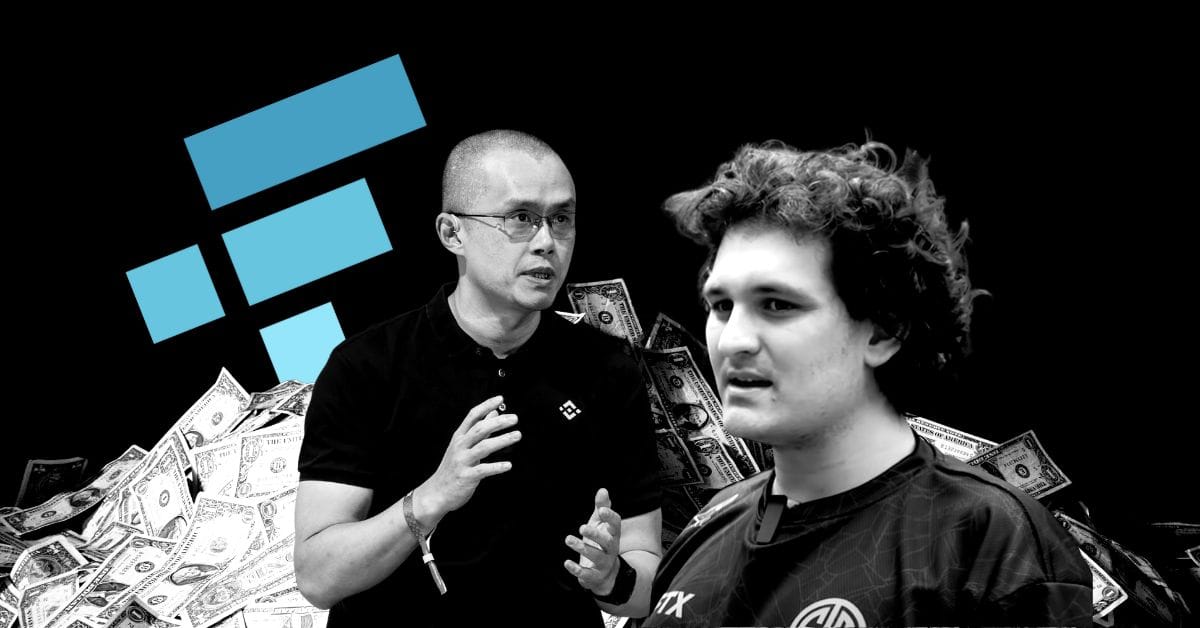
Buying a car is one of the biggest financial decisions most people make, but walking into a dealership can feel like stepping onto a chessboard where every move is calculated. You’re not alone if you’ve ever left a dealership feeling like you didn’t get the best deal. Dealership tactics are carefully crafted—not just to sell you a car, but to protect the brand’s image and profits. Understanding these strategies is crucial if you want to avoid common pitfalls and make a purchase that truly benefits you. In this article, we’ll break down the most common dealership tactics, explain how they’re designed to protect the brand (not you), and offer practical advice to help you confidently navigate your next car-buying experience.
1. The Illusion of Scarcity
Dealership tactics often start with creating a sense of urgency. Salespeople might tell you that a particular model is in high demand or that only a few are left in stock. This is designed to make you feel like you need to act fast or risk missing out. In reality, dealerships frequently have access to more inventory than they let on, or they can easily trade with other dealers. The goal here is to prevent you from shopping around or taking time to think, which ultimately protects the brand’s pricing power. Before you buy into the hype, check online inventory listings and compare multiple dealerships.
2. The “Brand Experience” Over Substance
Many dealerships invest heavily in creating a luxurious, branded environment. Everything from the coffee bar to the sleek waiting area is designed to make you feel part of something exclusive. This is one of the most subtle dealership tactics, as it shifts your focus from the actual value of the car to the experience of buying it. The brand wants you to associate positive emotions with their vehicles, which can cloud your judgment and make you more willing to pay a premium. Remember, you’re buying a car, not a cappuccino. Stay focused on the features, reliability, and price of the vehicle itself.
3. The “Certified Pre-Owned” Upsell
Certified Pre-Owned (CPO) programs are a classic example of dealership tactics that protect the brand. While CPO cars do undergo inspections and come with warranties, the markup can be significant compared to non-certified used cars. The certification process is often marketed as a guarantee of quality, but it’s also a way for the brand to maintain higher resale values and keep used cars within their ecosystem. Consumer Reports say CPO vehicles can cost thousands more than similar non-certified models. Always compare prices and consider whether the extra cost is truly worth the peace of mind.
4. Financing “Deals” That Favor the Brand
Dealerships love to advertise low-interest financing or cash-back offers, but these deals often come with strings attached. The fine print may require choosing between a low interest rate and a rebate, or only applying to certain models. These dealership tactics are designed to steer you toward options that maximize the brand’s profit, not your savings. It’s always wise to secure pre-approval from your bank or credit union before visiting the dealership. This gives you leverage and helps you see through the smoke and mirrors of in-house financing offers.
5. Trade-In Tricks That Hide True Value
When you bring in your old car for a trade-in, dealerships use tactics to minimize what they pay you while making it seem like you’re getting a great deal. They might inflate the price of your new car to offset a higher trade-in value or undervalue your trade-in altogether. This protects the brand’s bottom line and keeps you from realizing the true cost of your purchase. Use resources like Kelley Blue Book to estimate your car’s value accurately before negotiating. Don’t be afraid to sell your car privately if the dealership’s offer doesn’t measure up.
6. Add-Ons and Extended Warranties
Once you’ve agreed on a price, dealerships often introduce add-ons like paint protection, fabric guard, or extended warranties. These extras are high-margin products that do more to protect the brand’s profits than your investment. Dealership tactics here rely on your excitement and fatigue at the end of the buying process, making it easier for them to upsell. Most of these add-ons can be purchased elsewhere for less, or may not be necessary at all. Take your time, read the fine print, and don’t be pressured into buying extras you don’t need.
7. The “Four-Square” Negotiation Method
One of the most notorious dealership tactics is the “four-square” worksheet, which mixes the price of the car, your trade-in, down payment, and monthly payment into a confusing negotiation tool. This method is designed to distract you from the total cost and focus your attention on monthly payments, which can be manipulated to hide higher prices or unfavorable terms. Insist on negotiating each part of the deal separately and always ask for the out-the-door price, including all fees and taxes.
Empower Yourself: Knowledge Is Your Best Defense
Dealership tactics are carefully engineered to protect the brand’s reputation and profits, not your wallet. By recognizing these strategies, you can approach your next car purchase with a clear head and a solid plan. Do your research, compare offers, and don’t be afraid to walk away if something doesn’t feel right. The more you know about dealership tactics, the better equipped you’ll be to make a decision that benefits you, not just the brand.
What dealership tactics have you encountered? Share your stories or tips in the comments below!
Read More
5 Controversial Car Dealership Practices Exposed by Consumer Feedback
These 7 Cars Were Marketed as Safe but Weren’t
The post How Dealership Tactics Are Designed to Protect the Brand—Not You appeared first on Clever Dude Personal Finance & Money.

